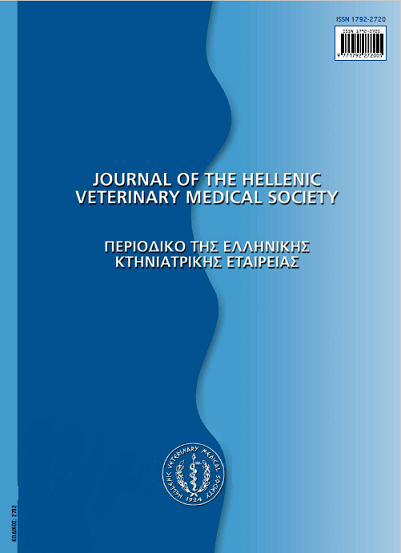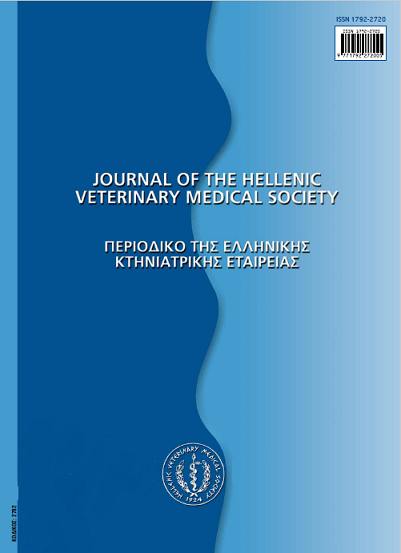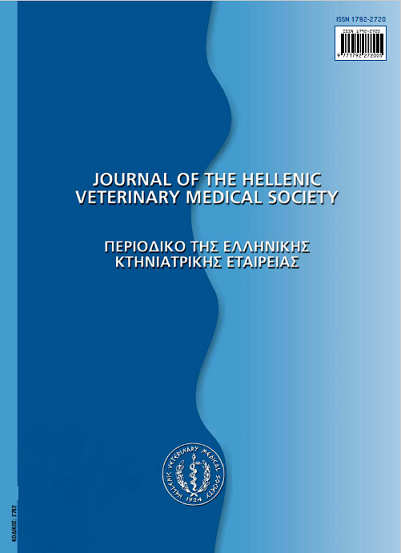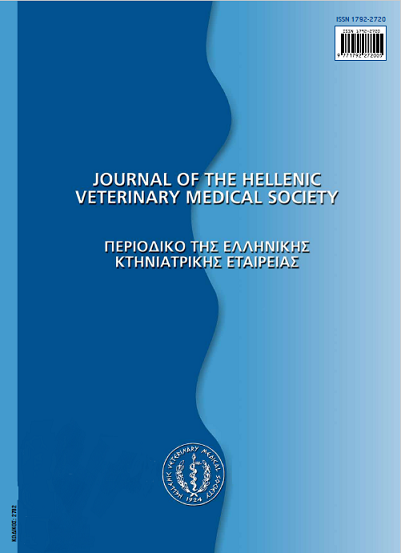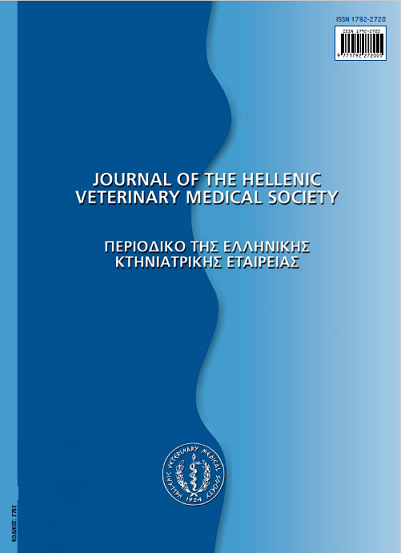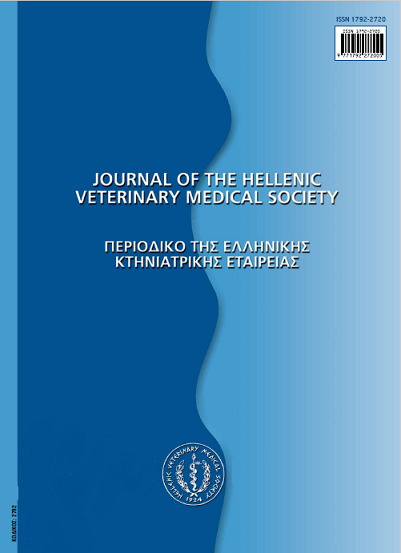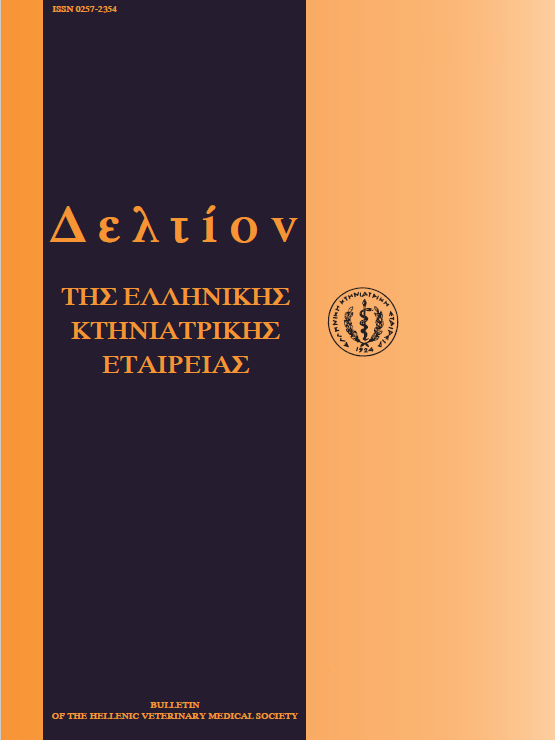Equine influenza
Résumé
Equine Influenza (ΕΙ) is an acute, highly contagious, respiratory disease of equine. The causative agent of EI infections is a type A influenza virus, classified into the family Orthomyxovirìdae. Up to today two subtypes of EI are known, subtype 1 (H7N7) and subtype 2 (H3N8). Subtype 1 has not been isolated since 1977 and is presumed that has been replaced by the subtype 2, which is the causative agent of many recent outbreaks. Antigenic drift of H3N8 viruses resulted in the divergence of strains into two distinct evolutionary lineages, which co-circulate. The high morbidity of equine influenza disease was demonstrated in all resent widespread outbreaks all over the world. On the other hand, the mortality rate of influenza disease in equids is generally low, unless secondary bacterial infections occurred. Devastating economic loss of the disease in breeding and race animals reinforced the importance of vaccination. Despite the extensive use of vaccines, outbreaks of equine influenza continue to occur. In 2003 there were widespread outbreaks of equine influenza among un vaccinates and regularly vaccinated horses in Europe and later all over the world, even in regions that rarely report equine influenza outbreaks. However, studies have shown that vaccination does not prevent transmission and on the other hand multiple booster doses could result to paralysis of the immune system. Furthermore, all these developments including transmission to swine and dogs, shows the unpredictable evolutionary pathways the equine influenza virus follows. In conclusion, influenza surveillance and research should go on and provide useful tools to better evaluate when vaccine strains should be updated.
Article Details
- Comment citer
-
BOUNTOURI (Μ. ΜΠΟΥΝΤΟΥΡΗ) M., FRAGKIADAKI (Ε. ΦΡΑΓΚΙΑΔΑΚΗ) E., DAFIS (Β. ΝΤΑΦΗΣ) V., & XYLOURI (Ε. ΞΥΛΟΥΡΗ) E. (2017). Equine influenza. Journal of the Hellenic Veterinary Medical Society, 62(2), 161–171. https://doi.org/10.12681/jhvms.14847
- Numéro
- Vol. 62 No 2 (2011)
- Rubrique
- Review Articles
Authors who publish with this journal agree to the following terms:
· Authors retain copyright and grant the journal right of first publication with the work simultaneously licensed under a Creative Commons Attribution Non-Commercial License that allows others to share the work with an acknowledgement of the work's authorship and initial publication in this journal.
· Authors are able to enter into separate, additional contractual arrangements for the non-exclusive distribution of the journal's published version of the work (e.g. post it to an institutional repository or publish it in a book), with an acknowledgement of its initial publication in this journal.
· Authors are permitted and encouraged to post their work online (preferably in institutional repositories or on their website) prior to and during the submission process, as it can lead to productive exchanges, as well as earlier and greater citation of published work.

